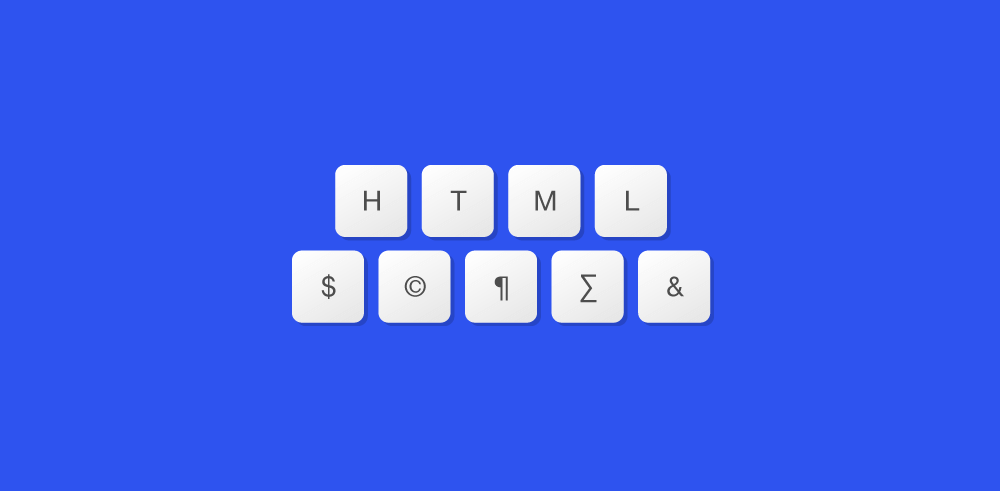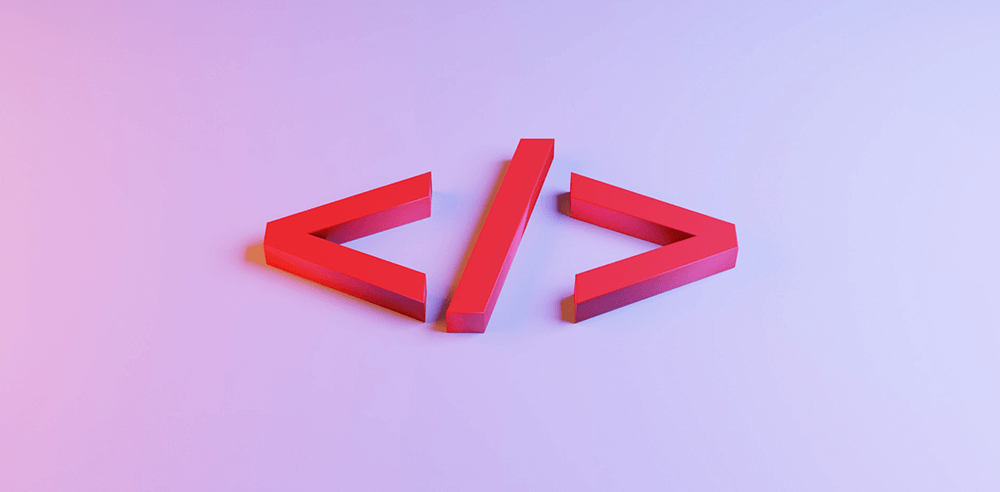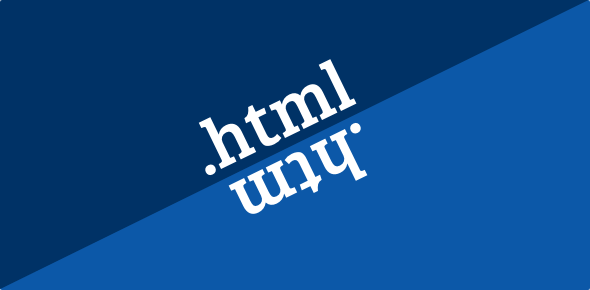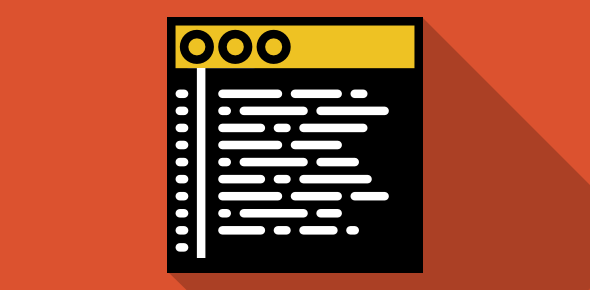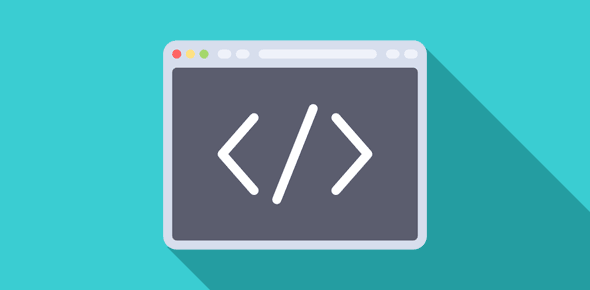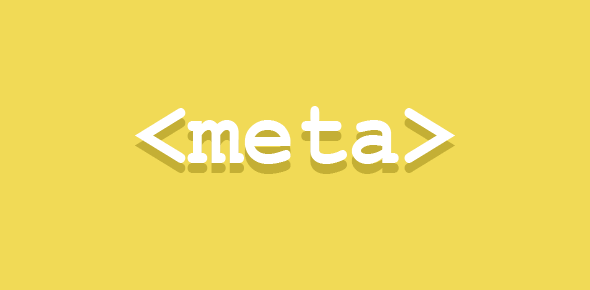Note: HTML forms are not useful without a client-side scripting language or server-side technology.
The note above should be enough to prompt you in learning a programming language… but let us get down to the business at hand.
The main use of HTML forms is to gather some kind of input/feedback from visitors. This input might be in the form of comments or a shopping cart system wherein your users select items and drop them in shopping baskets. Form objects (which we shall soon meet) have also been used for various tricks by client-side programmers.
A form begins with <FORM> and ends with </FORM>. HTML presents us with various form object/elements that are placed INSIDE the form tags.
- <INPUT TYPE=”TEXT”>
- <INPUT TYPE=”PASSWORD”>
- <INPUT TYPE=”RADIO”>
- <INPUT TYPE=”CHECKBOX”>
- <INPUT TYPE=”BUTTON”>
- <INPUT TYPE=”RESET”>
- <INPUT TYPE=”SUBMIT”>
- <INPUT TYPE=”HIDDEN”>
- <INPUT TYPE=”IMAGE”>
- <INPUT TYPE=”FILE”>
- <SELECT>…</SELECT>
- <TEXTAREA>…</TEXTAREA>
- <BUTTON>…<BUTTON>
- <OPTION>…</OPTION>

